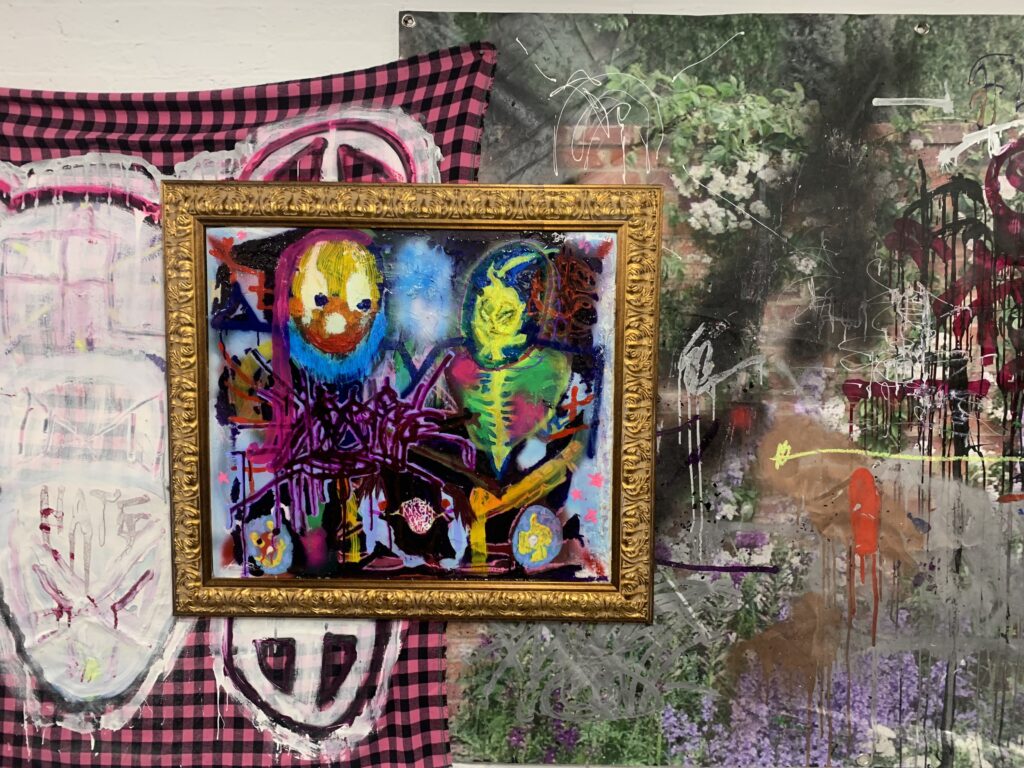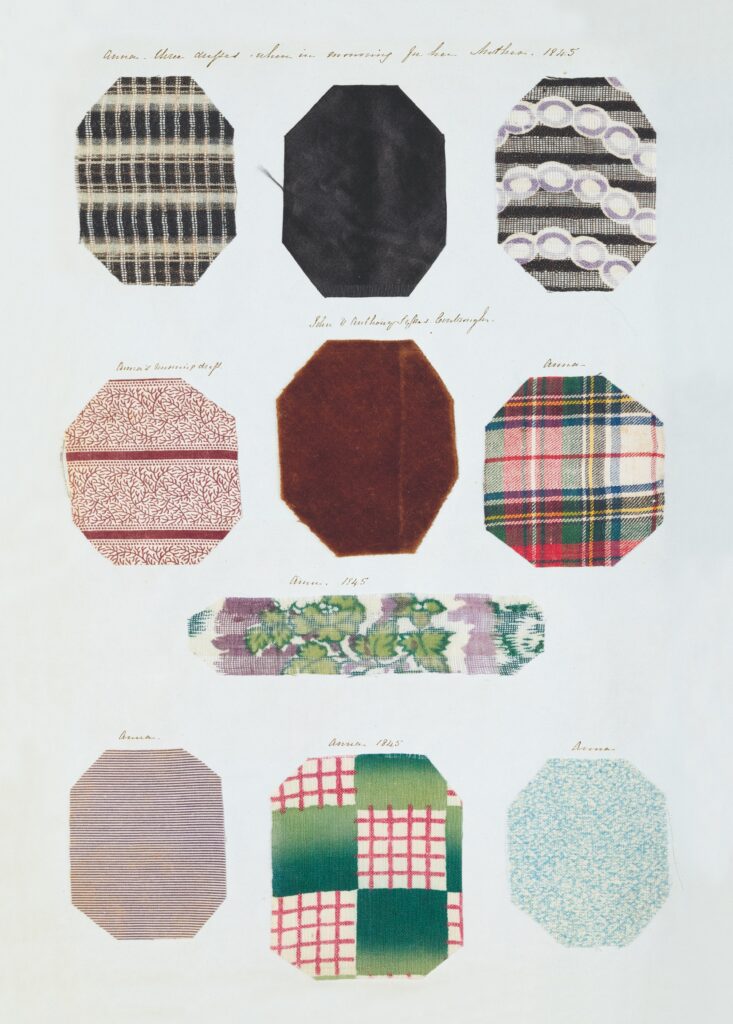Amis in Léon, Spain, 2007. Photograph by Javier Arce. Licensed under CC BY-SA 2.0, via Wikimedia Commons.
To be British is a very complicated fate. To be a British novelist can seem a catastrophe. You enter into a miasma of history and class and garbage and publication—the way a sad cow might feel entering the abattoir. Or certainly that was how I felt, twenty years ago, when I entered the abattoir myself. One allegory for this system was the glamour of Martin Amis. Everyone had an opinion on Amis, and the strangeness was that this opinion was never just on the prose, on the novels and the stories and the essays. It was also an opinion on his opinions: the party gossip and the newspaper theories, the Oxford education and the afternoon tennis.
The British male! Or at least the British bourgeois male, with his many father figures, both real and acquired. From certain angles, in certain photos, Amis looked like Jagger, and so he became the Jagger of literature. He was small, true—I feel a permanent pang of camaraderie at his line in The Pregnant Widow about a character who occupies that “much-disputed territory between five foot six and five foot seven”—but he was also hypermasculine. It wasn’t just his subjects: the snooker and the booze and the obsession with judging all women “sack artists.” It wasn’t even just the style: an inability to leave a sentence alone without chafing at every verb, the prose equivalent of truffle fries. It was also the interview persona, all haughtiness and clubhouse universality, however much that could be contradicted in private by thoughtfulness and generosity of conversation.
But most of all, his British maleness was in the purity of his comic perception of the world. He practiced a very specific form of oral literature—anecdote, putdown, punchline, alcoholic joke: monologues from the ruined-dinner table. This morning I picked up an old copy of Money taken from my parents’ house and there they were, the riffs: “You just cannot park round here any more. Even on a Sunday afternoon you just cannot park round here any more. You can doublepark on people: people can doublepark on you. Cars are doubling while houses are halving.” Or: “I should have realized that when English people say they can play tennis they don’t mean what Americans mean when they say they can play tennis. Americans mean that they can play tennis.” Or: “This guy had no future in the frightening business. He just wasn’t frightening.” A novel by Amis is an apparatus for each line to find its best exposure. ” ‘Yeah,” I said, and started smoking another cigarette. Unless I specifically inform you otherwise, I’m always smoking another cigarette.”
Copyright
© The Paris Review




















